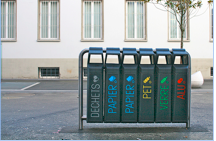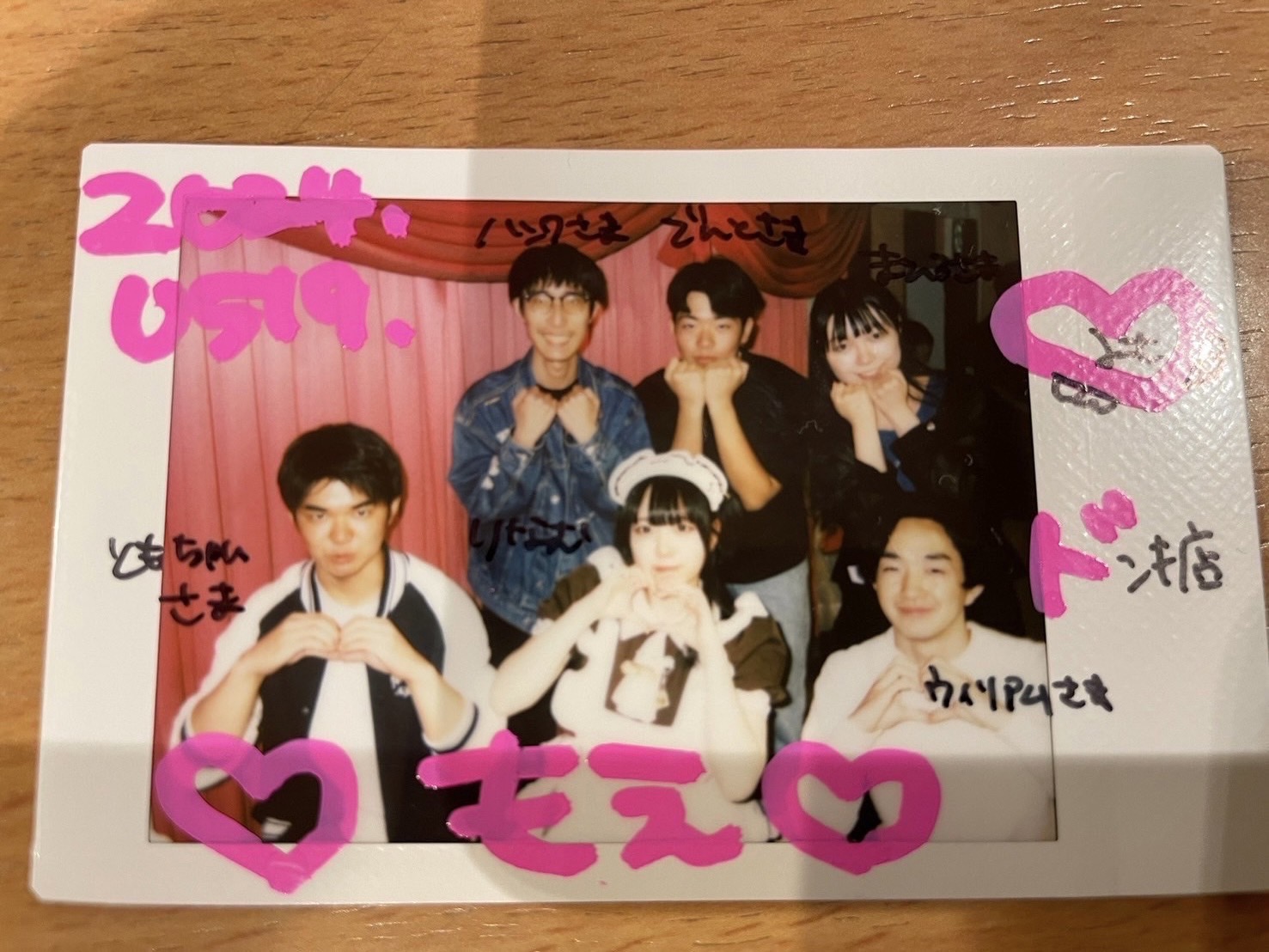Sustainability:What the World is Trying to Achieve Today
With the tradition of Shinto, the Japanese people respect nature. We have believed that gods dwell in rivers, oceans, mountains, and even in the ears of rice. Most people share the experience of getting scolded by their parents for leaving the table before finishing every bit of rice.
This attitude towards nature affected how society was organized. In the Edo period, we had a great model of sustainable society. People manufactured many products out of limited resources with the least amount of waste. Getas and umbrellas were made so that they could be easily fixed and reused afterward. People reused even feces and urine to fertilize farmland, unlike France under the reign of Louis XIV, where they were thrown out of the window and perfume was developed to cover up the smells.
In the age of mass production and large-scale consumption as the world yearns for sustainable solutions, we have a lot to learn from the Japanese traditional attitude towards nature, and how the Edo society was organized as a model for a sustainable society.
SHINTO
The Japanese people’s respect of nature is derived from Shinto, which is a religion unique to Japan. It has shaped the values of Japanese people since ancient times. From this belief, Japanese people have admired, appreciated, and preserved nature and coexisted with it. Here, nature is not an object to take advantage of.
For example, we traditionally enjoy Hanami season every April. We sit together under cherry trees in full bloom, eat together, drink together, and make a party. This tradition is believed to be derived from Shinto. Because blooming is the revelation of god, it is believed that we can drive away evil spirits by admiring it. It is true Westerners also appreciate flowers, but they don’t see any god in them. This is peculiar to Shinto, and Shinto has helped us realize nature is something we must preserve.
This Japanese attitude towards nature can be referred to by those having been taking it for granted that nature is controlled by humans in order to build the sustainable society.
EDO PERIOD
While many Japanese people now enjoy a mass-production, mass-consumption lifestyle as a result of Americanized capitalism since the end of the war, the data shown below indicates that a high respect of nature is still shared among the majority of people today.
Supported by the high eco-consciousness of people, Japan succeeded in forming the sustainable society in the Edo period. It was a rare period in terms of being one of the best models of a sustainable society.
It is true we cannot ignore that the energy structure in the Edo period was far different from the present one, and the structure of industry was also different, but even with these differences, the world today can appreciate the high eco-consciousness of the people back then, and effective policies the Shoguns decreed. Let’s take a look at two factors that made the Edo society a sustainable one.
First, people in the Edo period were willing to preserve the environment, so the system of reducing, reusing, and recycling was well maintained.
Recycling system today is not processed effectively, for most of the energy we use comes from fossil fuels. This fossil-fuel-based energy, however, is one of the factors that prevent society from becoming a sustainable one. In the Edo period, on the other hand, the problem of energy scarcity was not a vital issue because most energy was produced by solar power.
Kimono made from cotton can stand as an example. Cotton-made kimono was worn daily but as time went by, the fabric became worn out. After the fabric got shabby, it was used as lounge wear, and finally used as a washing cloth. These are the processes of reusing and reducing.Recycling system today is not processed effectively, for most of the energy we use comes from fossil fuels. This fossil-fuel-based energy, however, is one of the factors that prevent society from becoming a sustainable one. In the Edo period, on the other hand, the problem of energy scarcity was not a vital issue because most energy was produced by solar power.
The life of the Kimono did not end here. It contributed to the recycling stage as well. After it finished its role as a washing cloth, people burnt it into ashes, and used them as fertilizers that helped cottons grow again. Solar power was the source of energy, so almost nothing was wasted in the life of a kimono. This level of awareness of the environment manifested itself across many other customs.
A second factor during this period was that the policies for the environment were very effective. The Bakufu, or the Edo government with the Shogun on top of the hierarchy, was in crucial need to make effective regulations for the environmental use for the following reasons.
Because of sakoku, Japan was a closed country at the time. People could not rely on imports for resources, so it needed to see to it that people did not waste domestic resources much. Sakoku, however, also had a bright side. Instead of focusing too much on foreign affairs, the Bakufu was able to concentrate on domestic ones, so it’s understandable that many policies on the environment were set in this period of time.
Moreover, the Edo era was a peaceful and prosperous time after a lot of conflicts and wars all over Japan. The population expanded rapidly, making Edo-called Tokyo today- the largest city of the world at the time.
The time was, however, also with many natural disasters, such as earthquakes and fires, collapsing many houses. After these events, the demand for wood rose and deforestation advanced. The decline in the amount of trees in mountain areas brought erosion, and harvest of crops decreased. This greatly damaged the agriculture-based economy. In order to prevent further devastation, the government laid down a management system concerning forest use and trade.
Recognizing the necessity to protect the environment, people accepted this new system and followed the regulations. In some cases, the rules were brought up by the people themselves, instead of the Bakufu.
Seen from an environmental point of view and in the scale of sustainability, Edo was ideally eco-friendly, but this was not easy to achieve. We must remember that there were many efforts behind this accomplishment.
The modern world, on the other side, hates these kinds of efforts and seeks for convenience. When we examine the current situation, our way of life is obviously impossible to maintain in the long run. As a result, we must face an environmental crunch sooner or later, but some countries have taken initiatives and shown good examples for us to follow. What can we learn from the rest of the world?
HOW JAPAN CAN LEARN FROM THE WORLD
■Canada
Canada has sophisticated environmental policies and citizens with a high awareness of the environment.
The Canadian Environmental Protection Act (CEPA) is fundamental to all the environmental regulations and acts. It aims to contribute to sustainable development through pollution prevention, and the protection of the environment and human health.
There are many regulations enacted under ‘CEPA 1999’, such as the Contaminated Fuel Regulations and Disposal at Sea Regulations. Results are assessed in accordance with CEPA annually. In addition, the opinion of the public is highly regarded and consulted under CEPA. This has enhanced citizens’ environmental awareness.
These two factors-well-organized environmental policies like CEPA and the high consciousness of people- make Canada one of the most eco-advanced countries in the world.As Canadians have high environmental awareness, most people say they buy eco-friendly products. There is an indicator of how eco-friendly products are, and this is called the EnerGuide label. An official indicator of the Canadian government, the label is required for every new appliance, house and vehicle. In the case of appliances, EnerGuide label tells consumers the average annual energy consumption and energy efficiency of the appliance in comparison with similar models. Thus, consumers can easily decide which eco-friendly products to buy.
■Switzerland
Switzerland has the carbon tax as one of their environmental policies. It is a tax levied on the carbon, caused by petroleum and coal resources. In Japan there is no tax levy on consumption that has an environmental impact. This has been effective for decreasing emissions of carbon dioxide, since companies are required to pay penalties for overusing the resources. Consequently, companies naturally try to lessen the use of the resources.
In addition, Switzerland has an organized system of saving the amount of the packages and container uses. There are recycling trash cans for used clothes set at supermarkets and schools. These used clothes will be brought to specific recycling shops or sent to other countries as relief supplies.
There are also recycling trash cans for other materials such as CDs, toys, furniture, and appliances. This system is run by Social Welfare Organization of Geneva, and is encouraging the recycling of various things. This will push sustainability, but there is no counterpart here in Japan. It might be helpful for us to consider starting this kind of action.
■Germany
Germany is supposed to be one of the most successful countries achieving sustainability. People are as eco-conscious as the people were in the Edo period, and there are well-designed regulations from government. Why do they have such a high level of eco-consciousness? Taking a look at education system might give an answer for this.
In Germany, there is nothing like an independent “Environment Class.” The environmental topics are taught in each subject. Thus, students can look at the environment from different perspectives and can learn that the environment is essential in any aspect of life.
Also, extra-curricular activities are promoted so that the young can experience nature and realize the importance of environmental protection. Schools in Hamburg, for example, started up an energy-saving program called the “50/50 (fifty-fifty) Project.” This is designed to allow the schools to utilize fifty percent of the cost they managed to cut down. Forty schools joined this project, and curtailed great amount of carbon dioxide. Through the project, the students learnt that the action taken on their own can actually improve their surroundings. This education greatly influences their behavior to create a sustainable society, especially since governments need active and supportive action for environmental policy to be effective.
For Germany to accomplish such environmental improvements, the high consciousness of its citizens was the basis of this success. For example, the deposit system would not have functioned well without citizens’ cooperation, for citizens had to pay the extra charge on products, and had to be willing to consume the inconvenient returnable container.
Lastly, the “expanded producer responsibility” policy transfers responsibility for reducing environmental impact from municipalities to companies, and gets cooperation by citizens. While municipalities act on what is written in manuals, it is the working citizens that compose companies. The amount of effort the workers made in reducing the quantity and selecting more eco-friendly materials for their production led to the great success of the policy.
This clearly shows how the will of the citizens to improve the environment is required in order to achieve sustainability of the society.
As shown above, we have a lot to learn from the world, especially Germany, Canada, and Switzerland. They have developed good policies to allow the next generation, and future generations to enjoy the same level of quality of life. It is worth noting that people in those countries have a high level of eco-consciousness. Without it, the regulations would have ended up dead policies. Oppositely, having only an eco-conscious population would not function well. Both are required; eco-consciousness and good regulations.
TWO ESSENCES
Even with the present-day differences in energy consumption and industrial structures, there are many hints hidden in the lifestyle during the Edo period that we can learn and make good use of. As we expand and advance as a country, there is a tendency to notice less the changes and needs of the environment. However, it is very important to stop and rethink what we really need to do to create a sustainable way of living far into the future. Japan experienced an era with ideal sustainable living customs and practices, so our citizens and government should be the one to spearhead global efforts and promote the importance of both environmental awareness and the policies necessary to achieve eco-friendly goals.
Written by
Tomoya Fujioka / Taishi Izumi / Mika Ataka / Ema Unedaya / Ryo Suganuma / Shunki Iwama / Shota Kamezaki / Yuki Shigematsu / Shutaro Fujimoto / Hosei Tomita / Ami Sato / Yukino Watanabe /Moye Mizoguchi / Yukiko Ogata







